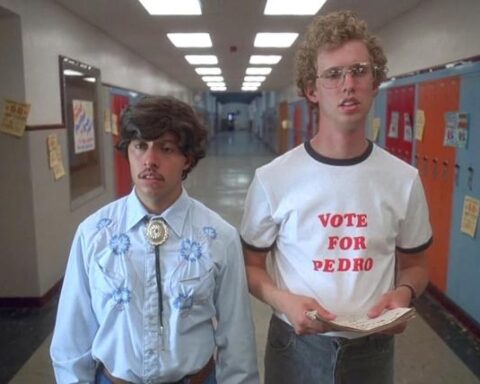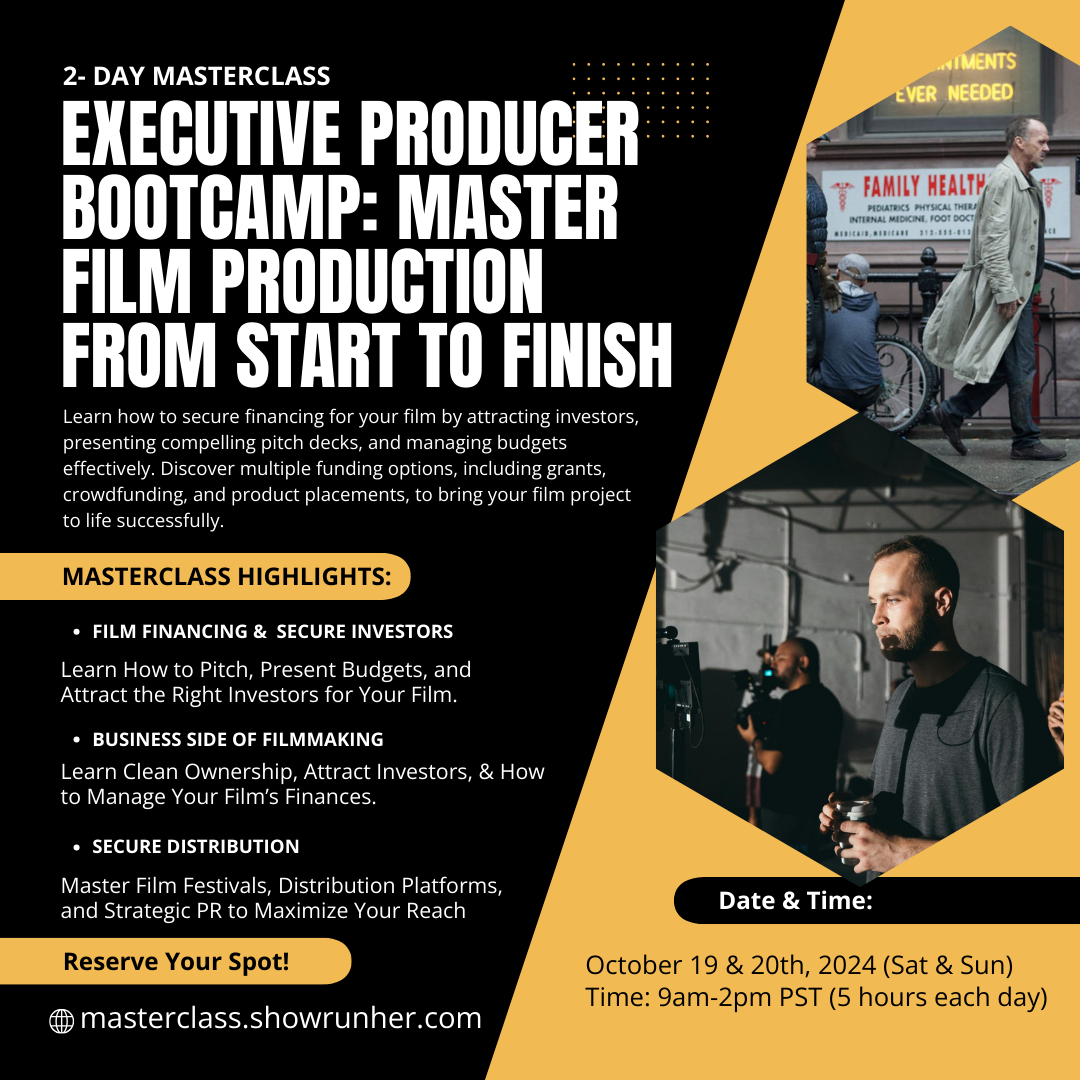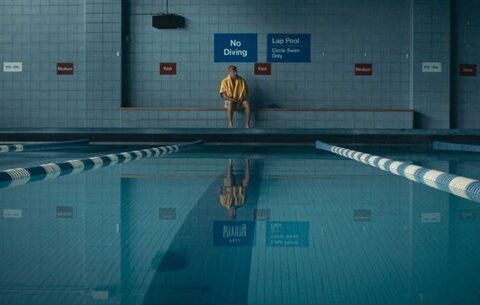In the fast-evolving world of filmmaking, having multiple cuts of your film is more than just a best practice; it’s a necessity. These different versions serve various purposes, from accommodating changes over time to navigating legal and distribution challenges. Whether you’re an indie filmmaker or working within a larger production, maintaining flexibility in your film’s final edit can be the key to its long-term success.
Having multiple cuts of your film isn’t just about flexibility it’s about ensuring your story can adapt, survive, and thrive in an ever-changing landscape.
Why Multiple Cuts Matter
- Adaptability Over Time
- Films, like any form of art, exist in a constantly changing cultural and technological landscape. What resonates with audiences today may not have the same impact years down the road. Having multiple cuts allows you to adapt your film to meet the evolving tastes and sensitivities of future audiences.
- For instance, a director’s cut can provide a more personal vision that differs from the theatrical release, appealing to niche audiences who appreciate the original intent. Meanwhile, an extended cut might include scenes that were initially omitted due to runtime constraints but later add depth or context as trends change.
- Navigating Copyright Issues
- Copyright laws and licensing agreements are complex and can change over time. Music, footage, or even certain sound effects that are cleared for one market or time period may not be cleared for another. By having multiple cuts, you can more easily swap out licensed material with royalty-free or original content to avoid legal issues in different regions or distribution platforms.
- Additionally, producing clean cuts—versions of your film without any copyrighted material—allows for easier international distribution and compliance with the varying regulations of different countries.
- Meeting Platform Requirements
- Different distribution platforms have unique requirements regarding content length, format, and even censorship. For example, a streaming platform might require a shorter version of your film, while a physical release could benefit from an extended edition. Multiple cuts ensure you can meet these varying requirements without compromising your creative vision.
- In some cases, certain scenes may need to be adjusted or removed to comply with regional censorship laws, making it essential to have alternate versions ready.
- Catering to Diverse Audiences
- Different audiences have different preferences. While some may prefer the fast-paced nature of a shorter cut, others may appreciate the depth provided by an extended version. Offering multiple cuts allows you to cater to these diverse preferences, potentially expanding your film’s reach and appeal.
- Special editions, director’s cuts, or anniversary re-releases can reignite interest in your film and attract new viewers, offering them a fresh experience of the same story.
How to Create Multiple Cuts in Post-Production
Creating multiple cuts of your film requires careful planning during post-production. Here’s how to approach it:
- Organize Your Footage
- Start by meticulously organizing your raw footage. Label scenes clearly, and create a system for tracking different takes and edits. This organization will make it easier to experiment with various cuts and quickly assemble different versions of your film.
- Plan for Alternate Versions Early
- During the editing process, keep in mind the potential need for different cuts. For instance, when editing scenes with licensed music, consider creating alternate versions with royalty-free tracks. Similarly, plan for both a shorter, more concise version and a longer, more detailed cut.
- Consider how you might re-edit scenes to fit different formats, such as television broadcasts or streaming platforms, which might have specific content restrictions or length requirements.
- Use Non-Linear Editing Software
- Utilize non-linear editing software like Adobe Premiere Pro, Final Cut Pro, or Avid Media Composer. These programs allow you to maintain multiple timelines within the same project, making it easier to create and switch between different cuts.
- Save different versions of your project as you go, so you can easily revert to an earlier edit or experiment with new ideas without losing your progress.
- Test Different Cuts
- Test your different cuts with varied audiences or focus groups to gauge their reactions. This feedback can help you determine which version of your film resonates best with different demographics and guide you in making final adjustments.
- Consider the feedback from test screenings and apply it to the version that will go into broader distribution, but keep alternate cuts for future special editions or re-releases.
- Maintain a Clean Cut
- A clean cut is a version of your film without any copyrighted material, such as music, stock footage, or branded content. This version is essential for international distribution or future-proofing your film against potential copyright issues. Keep this cut archived and ready to use for any scenario where the original materials might pose a problem.
- A clean cut also serves as a base for creating different localized versions or adaptations of your film for various markets.
- Archive Your Edits
- Once your different cuts are finalized, make sure to archive them properly. Store your project files, raw footage, and completed cuts on reliable media storage, such as external hard drives or cloud-based services. This ensures that you can easily access and update your film as needed, whether for a re-release, legal reasons, or adapting to new formats.
The Benefits of Multiple Cuts
Having multiple cuts of your film provides several key benefits that extend its lifespan and adaptability:
- Increased Marketability: Offering different versions of your film can increase its appeal across various platforms and demographics. This versatility can lead to more distribution opportunities and a broader audience reach.
- Long-Term Viability: As cultural norms and legal standards evolve, your film can remain relevant and compliant. You can re-edit or release different versions to suit contemporary tastes or legal requirements, keeping your film accessible and profitable over time.
- Creative Control: Multiple cuts give you the flexibility to present your film in different ways, whether through a director’s cut, an extended edition, or a censored version for particular markets. This control allows you to shape the narrative according to different audiences without sacrificing your creative vision.
- Future-Proofing: By maintaining clean cuts and alternate versions, you ensure that your film is prepared for any future challenges, such as changes in copyright law, new distribution platforms, or technological advancements in media consumption.
Conclusion: The Power of Versatility in Filmmaking
In an industry where change is constant, having multiple cuts of your film is a strategic move that can significantly enhance its longevity, marketability, and adaptability. Whether you’re navigating the complexities of copyright law, catering to diverse audiences, or simply preparing for the future, the ability to offer different versions of your film ensures that it remains relevant and accessible across different platforms and over time.
By planning for multiple cuts during post-production, you not only safeguard your film against potential legal or cultural shifts but also expand its potential to reach new audiences and create lasting impact. In the ever-evolving world of cinema, versatility is key—and multiple cuts provide the flexibility you need to keep your film in the spotlight for years to come.








